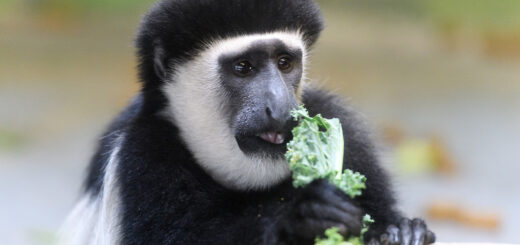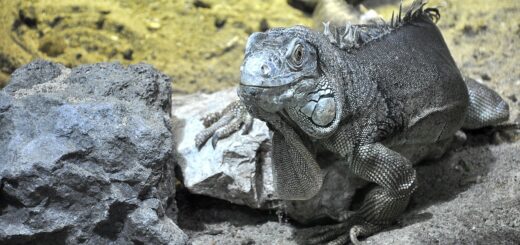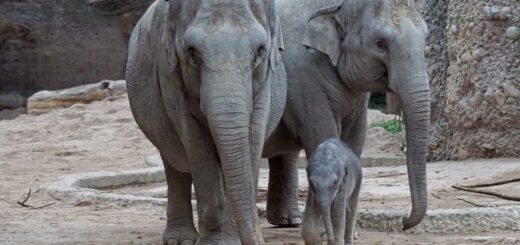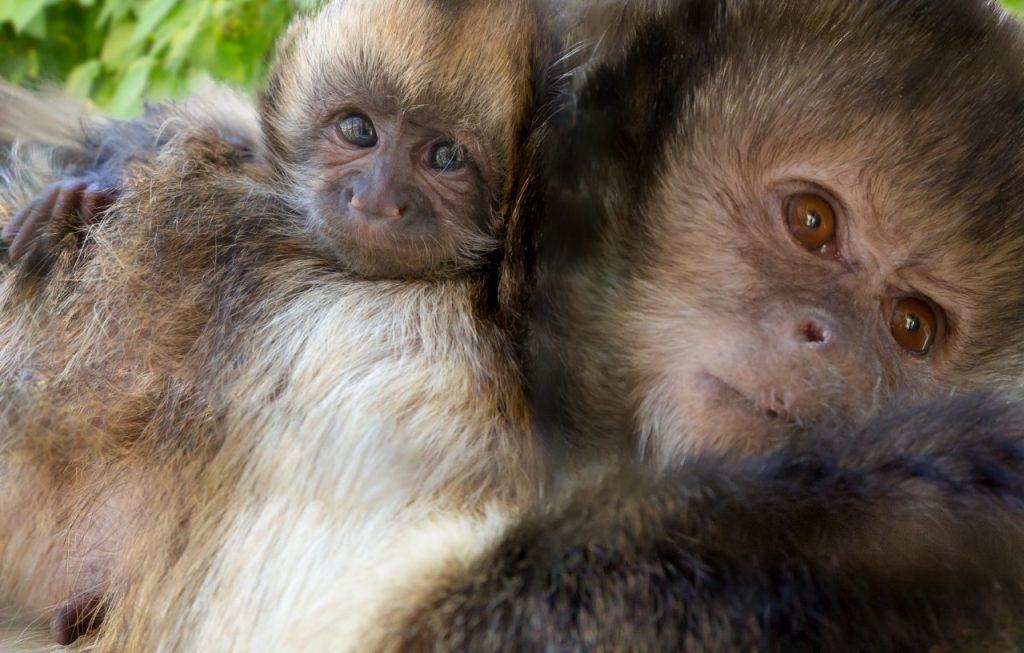Blood fatty acid profiles of juvenile wild green turtles (Chelonia mydas) and Kemp’s ridley turtles (Lepidochelys kempii)
Citation
Koutsos E, Minter J, Ange-van Heugten K, Mejia-Fava J, and Harms C. 2017. Blood fatty acid profiles of juvenile wild green turtles (Chelonia mydas) and Kemp’s ridley turtles (Lepidochelys kempii). In Ward A, Coslik A, Brooks M Eds. Proceedings of the Twelfth Conference on Zoo and Wildlife Nutrition, Zoo and Wildlife Nutrition Foundation and AZA Nutrition Advisory Group, Frisco, TX.
Abstract
Blood fatty acid profiles of wild and captively managed animals are of interest because fatty acids directly impact numerous physiological functions including immune function and reproductive success (e.g., (Holman 1971, Fritsche 2006), and can be modified by diet (e.g., (Field and Clandinin 1984, Suedmeyer and Dierenfeld 1998). Newer methods for fatty acid analysis can provide information about long term fatty acid status of an animal in one drop of whole blood (Armstrong et al. 2008, Bailey-Hall et al. 2008). This technology was applied to understand the fatty acid nutrition of wild caught juvenile green turtles (Chelonia mydas; n=9, 6 females, 3 males) and Kemp’s ridley turtles (Lepidochelys kempii; n=8, 6 females, 2 males). Juvenile green turtles are carnivorous, feeding on crustaceans, jellyfish and ctenophores (Bolten 2003), then shift to a herbivorous diet, focusing on seagrasses and algae (Cardona et al. 2010, Jones and Seminoff 2013). Kemp’s ridley turtles, in contrast are much more carnivorous throughout their life, feeding on crabs and other benthic invertebrates (Shaver 1991). The predominant fatty acids in the blood of both turtle species were 18:1w9 oleic acid, 16:0 palmitic acid, 20:4w6 arachidonic acid, 18:0 stearic acid and 16:1w7 palmitoleic acid. Green turtles had lower levels of w7 fatty acids and 20:5w3 eicosapentaenoic acid, and higher levels of 18:2w6 linoleic acid, 18:3w3 linolenic acid, and 22:5w3 docosapentaenoic acid compared to Kemp’s ridley turtles, (p<0.05 for each). Despite predicted low dietary 20:4w6 arachidonic acid levels, blood levels were readily detected, suggesting that both species can convert linoleic acid to arachidonic acid. These data can be used to assess and guide nutrition programs for sea turtles under human care.
 [Koutsos] Sea-turtle-FA-NAG-2017-abstract.pdf 208 KB
[Koutsos] Sea-turtle-FA-NAG-2017-abstract.pdf 208 KB








